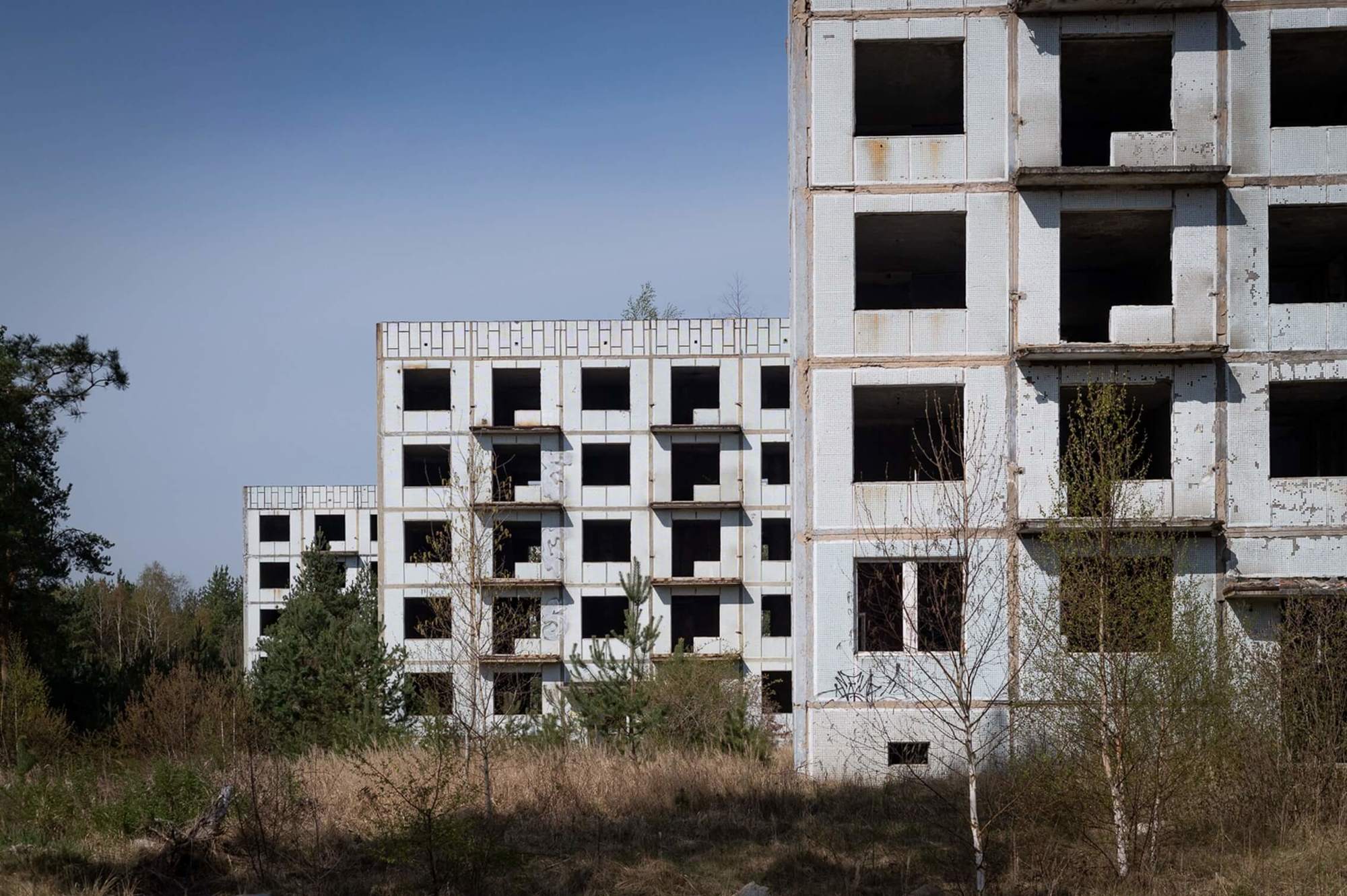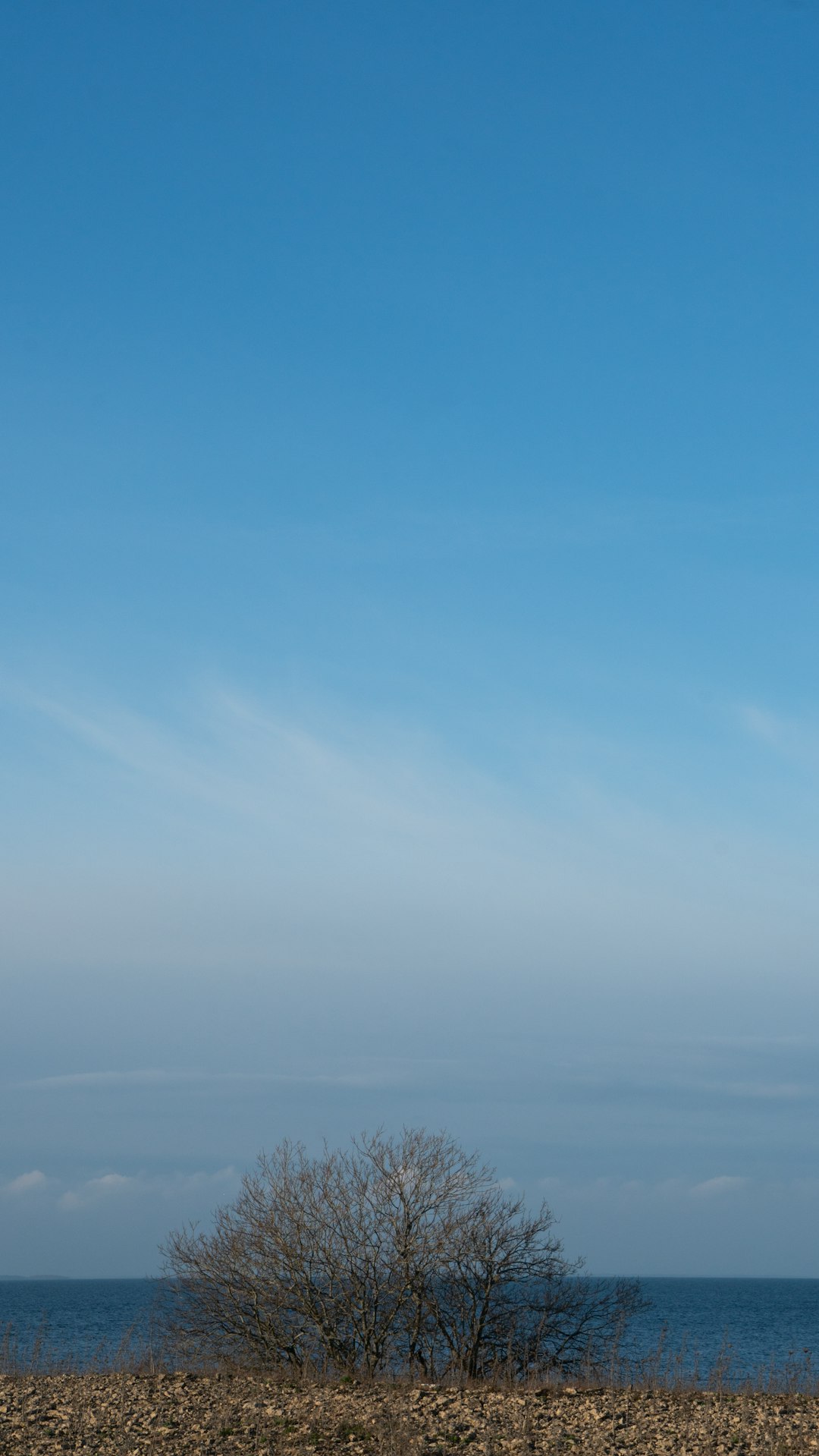The Ralsko military training ground has been operational since the reign of Joseph II in the 18th century. The Austro-Hungarian army was replaced by Wehrmacht soldiers, followed by the Czechoslovak People's and then the Soviet Army, all of which fundamentally affected the fate of the area. Over 120,000 pieces of ammunition have been removed from the area and it’s ready for filmmakers.
16. July 2020


The area around Ralsko has been inhabited since at least the 13th century. An important European trade route to Zittau led through here. The locals, mostly Germans, were forced to deal with plague, the Prussian-Austrian wars, Swedish troops marching through, and Hussites ravaging the area. Life here has never been particularly easy.
From 1938, after the German army settled, and especially after the establishment of the military district in 1950, the local civilian population was gradually displaced. More than twenty villages, settlements, and hamlets have completely disappeared. Some buildings were destroyed, others were used as training targets, including churches. Before the end of World War II, an airport was built near Hradčany. In the 1980s, the Soviets expanded the runway to a total length of 2.7 km and a width of 90 m so that the Buran space shuttle could land on it. To this day, the airport is one of the largest in Central Europe. Pipes are installed under the concrete of the airport area, and hot steam from the heating plant circulates through them, keeping the airport functional even in winter.
After World War II, the Czechoslovak Army built an ammunition testing facility in Ralsko, as well as ammunition depots, the Židlov and Bělá tank shooting ranges, large garages and, last but not least, strictly classified nuclear warhead depots.
From 1968 to 1991, the area was used by the Soviet army. About a quarter of this area was intensively used without any regard for the environment. Decontamination of soil and groundwater heavily polluted with oil, heavy metals, and other life-threatening substances is still ongoing. On a positive note, rare species of plants and animals have been preserved in most areas thanks to the enclosed space.
After the departure of Soviet troops from the military training facilities, which covered an area of 250 km2, the village of Ralsko was established by merging nine settlements on its former territory. Occupying 170 km2, it is one of the largest municipalities in the Czech Republic.
At present, the area is interwoven with a network of cycle paths and hiking trails. Some former military buildings are used as raw material warehouses; the military airport near Hradčany is partly used for sports, and filmmakers also make an occasional appearance - the films Dark Blue World and Stalingrad were shot here, for example.
There is no shortage of open views of the surrounding landscape, and the last few ruins of military buildings and blocks of flats are especially conducive to shooting apocalyptic films. There is also plenty of parking for cars and setting up facilities.
“Part of the prefabricated houses with apartments for soldiers and their families, which are very attractive for filmmakers, are still standing. But they’re in bad shape. If you want to make a catastrophic film, this place is perfect for such scenes!” says Barbora Hodačová of the Liberec Film Office.
Contact for filming in the Liberec Region:
Barbora Hodačová, hodacova.barbora@magistrat.liberec.cz, +420 773 781 766










